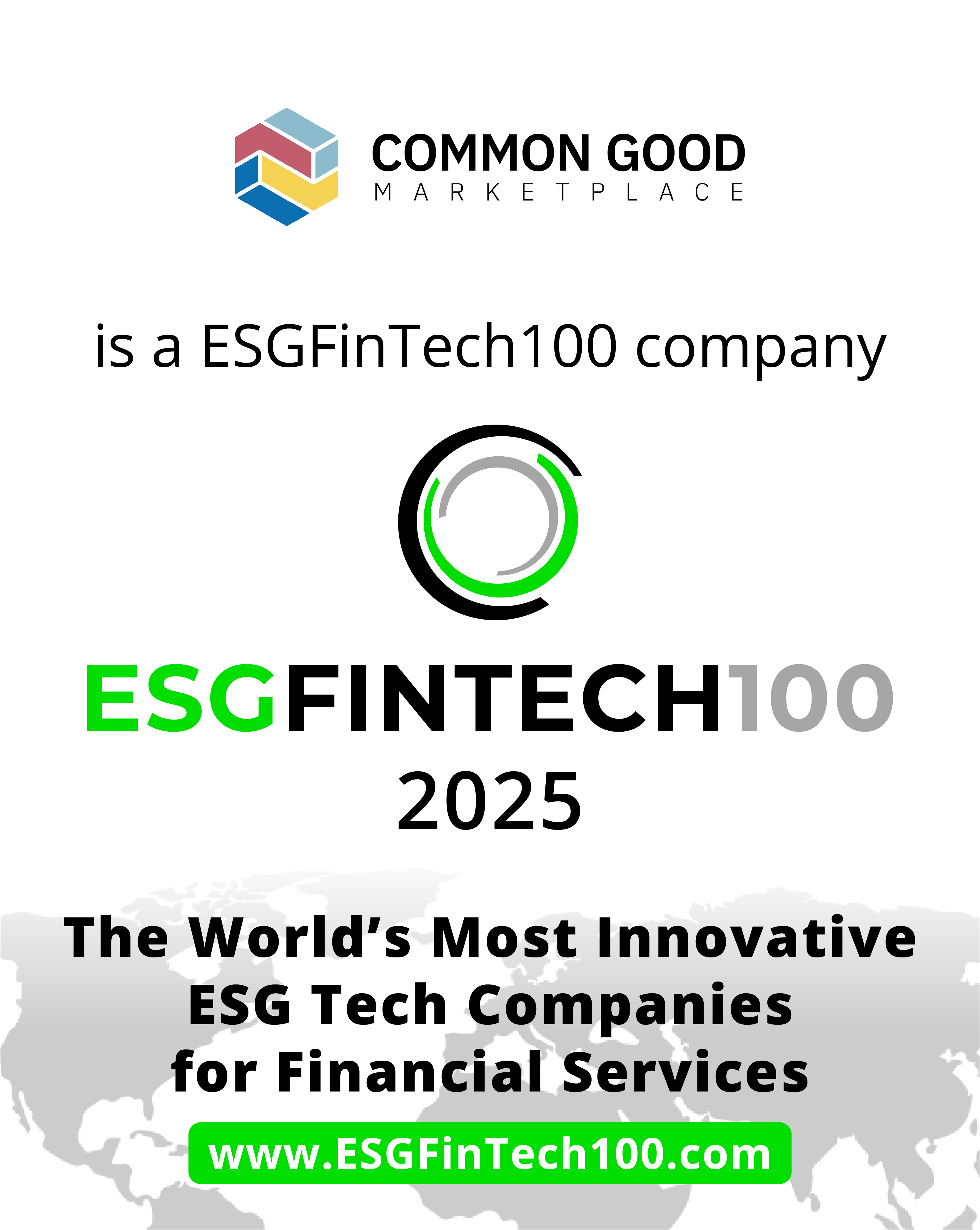

A Market-based Solution to Close the Sustainable Development Goal Shortfall


According to the latest Financing for Sustainable Development Report, it appears we’re falling further behind on achieving the Sustainable Development Goals (SDGs), a noble charter for achieving a sustainable planet and a just society. What was previously estimated to be a USD 2.5 trillion funding shortfall needed to achieve the SDGs is now estimated to be a whopping USD 4.2 trillion per year.
Why are we falling behind? Is it the pandemic, climate change and other external factors or is it that we lack the right strategies and methods for achieving them? While Covid-19, extreme weather events and events such as conflict and corruption are all hampering the achievement of the SDGs, we believe the current mechanisms, strategies and models for achieving the SDGs are also a significant factor.
And how do we catch up? What is needed to help close this funding gap is an efficient, market-based solution.
Enter Common Good Marketplace: a digital platform that allows you to clearly measure, verify and fund contributions to the SDGs backed by a rigorous impact framework that delivers confidence in the impact achieved. Not a mechanism to replace traditional philanthropy, but one that allows you to pay for quantitative SDG achievements regardless of geography or project type like you would any other finished product.
Passionate about healthcare access in Southeast Asia? Filter by geography, SDG or project type and find the projects delivering verified SDG-aligned outcomes you seek to advance.You can fund retrospectively once verified by a qualified, independent auditor or by committing to purchases in the future. It's a simple, efficient and effective way to use impact capital to achieve the maximum amount of good and maximum advancement of the SDGs per dollar spent. Who wouldn’t want to do that?
The reality is certainly more nuanced and complex than this with a two sided marketplace ensuring the delivery of clearly measured, valued and verified impacts. But conceptually, you get the point. And we’re doing it with some of the most impactful and innovative organizations in the world. Our marketplace is simply a way to more efficiently and effectively allocate capital to achieve and report on the SDGs.
So how do these SDG-contributing organizations get the funding they need now to create impact in the first place? Think about how the carbon markets have grown exponentially in the last two decades (we were fortunate to have successfully ridden the waves of the carbon markets through two previous ventures: Bluesource–now Anew Climate–and The Paradigm Project1). The carbon markets were seen as a solution to help solve the climate crisis by encouraging both voluntary action and setting caps on emitters. The combination created significant demand for emissions reductions, which in turn delivered pools of blended capital (grants, equity, debt, etc.) to allow projects to create and deliver emissions reductions. We believe the same will be true for an SDG-aligned impact marketplace.
Why now? And what’s next?
Answering ‘why’ is easy: we cannot afford widespread natural disasters that devastate communities for a generation. We cannot afford to fail to equip an exploding population of youth in Africa that will make up a third of the global working population in the next few decades. And we can’t leave people behind when we have the tools to address these and other existential challenges.
What’s next? Taking the marketplace from the innovative future to the mainstream present. We’re part of a global working group that will be releasing a series of landscape reports and strategy papers to advance outcome-based funding through market-based mechanisms such as our marketplace. The future we thought was several years in the future may be much closer than we thought. Stay tuned.
----------------------------------------------------------------------------------------------------------------------------
1 For a deeper dive on how we got here via the carbon market and an East Africa Social Enterprise, read our whitepaper.
.png)



.png)